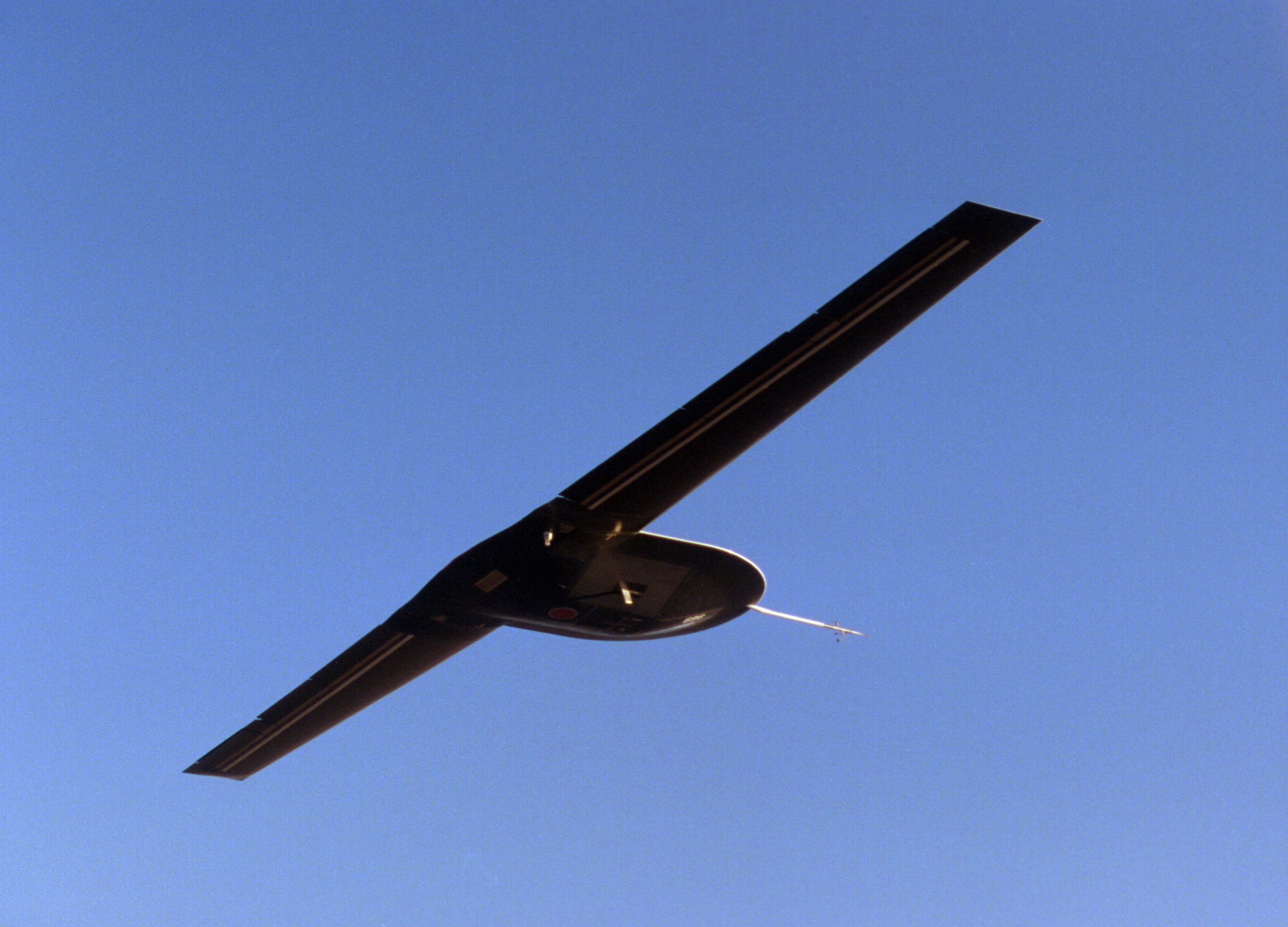Pathfinder-Plus
The Pathfinder was modified in 1998 into the longer-winged Pathfinder-Plus configuration. It included a new wing section which increased the overall wingspan from 98.4 feet (30.0 m) to 121 feet (36.9 m). The new center section was topped by more-efficient silicon solar cells which could convert almost 19 percent of the solar energy they receive to useful electrical energy to power the craft's motors, avionics and communication systems. Maximum potential power was boosted to about 12,500 watts on Pathfinder-Plus. The number of electric motors was increased to eight. The Pathfinder-Plus flights in 1998 validated power, aerodynamic, and systems technologies. On August 6, 1998, Pathfinder-Plus raised the national altitude record to 80,201 feet (24,445 m) for solar-powered and propeller-driven aircraft.
